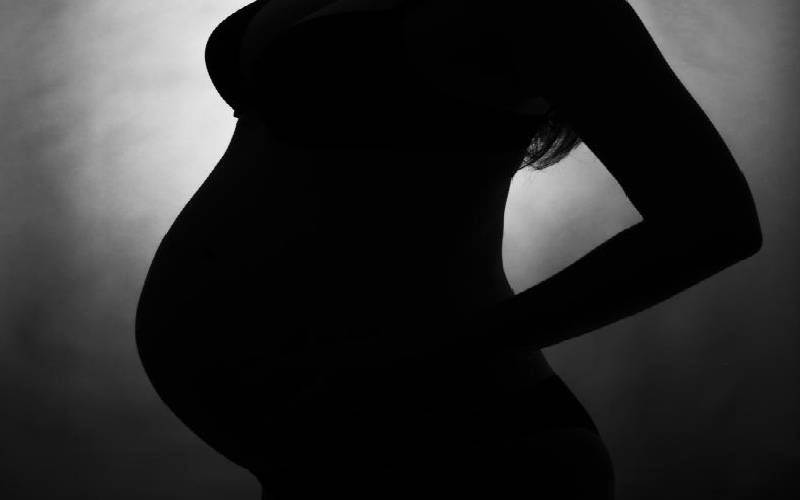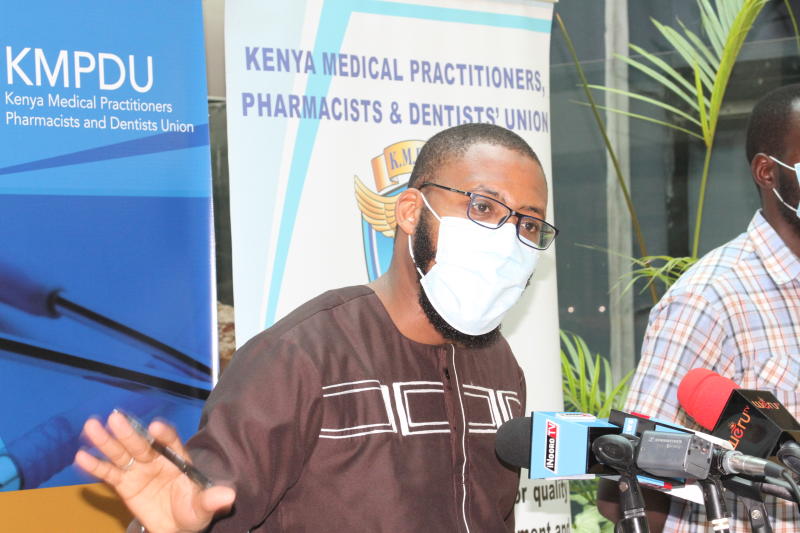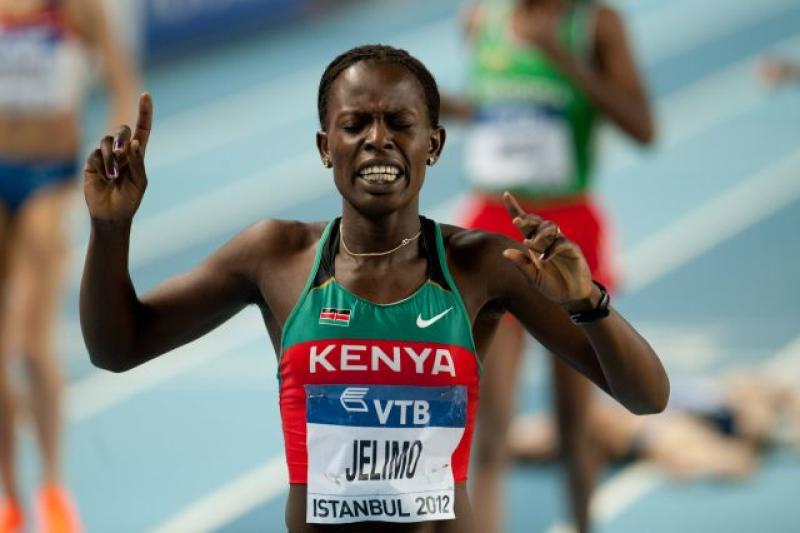Back pain is a common health complaint for adults, with lower back pain being the most common musculoskeletal disorder in the world. After skin disorders and osteoarthritis or joint disorders, back pain is the third most common reason for visits to doctors’ offices.
Lower back pain affects 450 million people at any one time. Eighty per cent of adults experience back pain during their lifetimes, and 50 per cent of working adults report having back pain symptoms each year.
Back pain is more prevalent in women than in men. A Spanish study estimated that low back pain has 18 per cent prevalence in females and 11 per cent for males.
It is especially common in pregnant women – 45 per cent of pregnant women report experiencing back pain. This is due to changes in posture and the centre of gravity caused by a growing pregnancy. These changes usually result in muscle and ligament strain that cause back pain.
Other than pregnancy, there are a number of back pain and related conditions that women are more susceptible to developing. Additionally, back pain in women is more likely to become chronic over time.
Here are some of the most common causes of back pain in women:
Piriformis syndrome
This is a condition where the piriformis muscle, which is located in the buttock region, spasms and causes pain. Women are more likely to suffer from piriformis syndrome due to hormonal and pregnancy-related changes in the pelvis.
Symptoms of piriformis syndrome include pain, tingling or numbness in the buttocks and down the legs. You might experience more pain when you get out of bed or sit for a long time. The symptoms are usually relieved when you lie down on your back.
If you have piriformis syndrome, your doctor might suggest a stretch routine to help reduce compression of the sciatica nerve. Rest, ice or heat compression are also used to relieve symptoms.
Sacroiliac joint dysfunction
As the name suggests, this is when you have dysfunction in the sacroiliac (SI) joint. This joint is located between the sacrum and ilium bones of the pelvis. In humans, the sacrum supports the spine and in turn, it is supported by the ilium on either side.
This joint is quite strong as it supports the entire weight of the upper body.
When the sacroiliac joint has a dysfunction, it results in pain in the lower back and buttocks. Women typically have smaller SI joint surface area than men. This results in higher concentration of pressure on the joint. Additionally, the sacrum in women is wider, more uneven, and more tilted towards the back – all of which increase the likelihood of sacroiliac joint dysfunction.
Treatment options for sacroiliac joint dysfunction include rest, heat or cold therapy, pain medication, manual manipulation by a chiropractor, support or braces, or sacroiliac joint injection with pain reliever or anti-inflammatory medication.
Spinal osteoarthritis
Wear and tear of the cartilage in joints and discs in the neck and lower back causes a condition known as spinal osteoarthritis. This condition is more common in women and the risk increases with age and weight.
Spinal osteoarthritis causes the joints to rub together, which can lead to pain in the lower or upper back, groin, buttocks, and thighs. People suffering from osteoarthritis are likely to experience back stiffness and pain in the morning. They might complain of occasional flares of severe pain.
Treatment of spinal osteoarthritis is geared towards relieving pain and increasing mobility. Weight loss, gentle exercise, massage, acupuncture, heat or cold compresses, and pain medication are helpful.
Endometriosis
Endometriosis is a condition where endometrium tissue grows outside the uterus. It commonly involves the ovaries, fallopian tubes and the tissue lining the pelvis. Endometriosis causes pain and menstrual irregularities.
Other symptoms include lower back pain, especially during menstruation. This is because endometrial cells can also grow on your lower back and pelvic cavities. Endometriosis can also affect the sciatic nerve and cause back in the buttocks and down the legs.
Treatment for endometriosis includes hormonal contraceptives, anti-inflammatory and pain-relieving medication, or laparoscopy or hysterectomy surgeries.
Coccydinia (tailbone pain)
Coccyx is the tail end of the spine. Coccydinia is inflammation and pain on the coccyx. This condition is more common in women due to differences in shape and angle of the pelvis and injury during childbirth.
Coccydinia can cause pain when you sit, lean backwards while sitting, sitting on hard surfaces, or when standing up from a seated position. People with coccydinia might prefer sitting while leaning forwards, which relieves pressure on the coccyx.
Treatment for coccidia includes massage, stretching, manual manipulation by a chiropractor, or injection of a numbing agent.
Spinal osteoporosis fractures
With age, the density of your bones decreases. This makes the bones brittle and susceptible to fracture – a condition known as osteoporosis. Post-menopausal women are four times more likely to develop osteoporosis than men.
Osteoporosis itself can lead to bone pain. It also causes compression fractures in the spine, which can cause severe back pain. In many cases, the pain is localised in the mid or lower back.
In some cases, the pain might spread to the front and be confused with heart or lung problems. Treatment includes pain relivers, spinal braces, temporary bed rest, cold or heat therapy.
Degenerative spondylolisthesis
Degenerative spondylolisthesis is a condition that results from a vertebra in the spine slipping over the one below it due to degeneration. The condition is common in post-menopausal women due to low levels of oestrogen.
Low oestrogen levels caused increased degradation of the vertebral disc and loosening of the ligaments that hold it together. This leads to lower back pain that radiates down the legs and pain while walking.
Treatment includes temporary bed rest, restriction of activities that trigger the pain, pain and anti-inflammatory medication, physical therapy, and spinal bracing.
 The Standard Group Plc is a multi-media organization with investments in media platforms spanning newspaper print
operations, television, radio broadcasting, digital and online services. The Standard Group is recognized as a
leading multi-media house in Kenya with a key influence in matters of national and international interest.
The Standard Group Plc is a multi-media organization with investments in media platforms spanning newspaper print
operations, television, radio broadcasting, digital and online services. The Standard Group is recognized as a
leading multi-media house in Kenya with a key influence in matters of national and international interest.











